which of the following is a self conscious emotion?
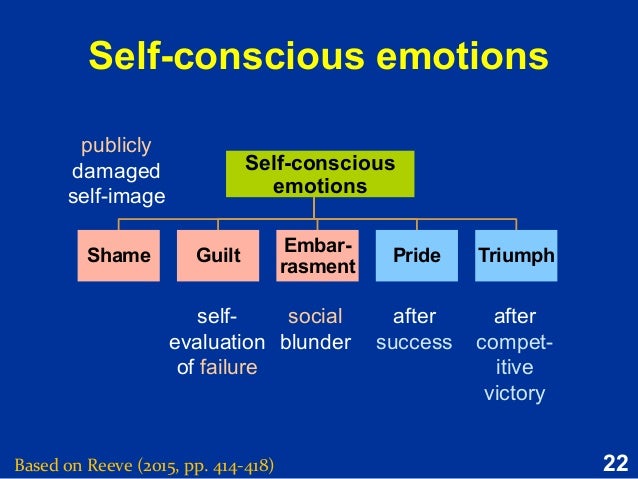 Individual emotions
Individual emotionsLanguages Navigation AccelerationMain mapEmotions Emotional learning begins at a very young age, as children discover a wide range of emotions, and evolve as they grow. This theme aims to provide a better understanding of the key stages of emotional development, their impacts, interrelated skills and factors that influence emotional competition. Share this: Self-conscious emotions Michael Lewis, PhDInstitute for the Study of Child Development, UMDNJ-Robert Wood Johnson Medical School, Child Health Institute, USAIntroductionUntil recently, self-conscious emotions have been misunderstood.1 Small research has been carried out on their meaning, how they develop, and how individual differences have been made, although Charles Darwin discussed them in some detail as his book, The Expression of Emotions in Man and Animals. 2 Darwin's observations were not followed by either psychoanalysis or psychopathology of development until about 40 years ago. In part, this was due to Freud's approach to guilt and confusion between such self-conscious emotions as shame, guilt and shame. In fact, Darwin's observations and theorization could not differentiate these self-conscious emotions, largely because of his measurement of self-conscious emotions, where he used dazzling behaviors. While the blush is a useful behavior to measure, many people do not blush. In addition, blondism is a measure of reflection in the presence of other people, the most remarkable shame, but it is not a measure of all other self-conscious emotions such as shame, guilt or pride. Although Darwin recognized the role of a person's thoughts, especially around the emotion of shame, he did not use cognitive abilities as a way of distinguishing between them. SubjectMichael Lewis, in his studies of the origins of self-conscious emotions, makes the point that to understand those of these emotions in children, it is necessary to consider the cognitive development of the child that probably gives them place.3,4 In fact, using the evolution of the cognitive capacity to represent the self, has suggested that the emergence, both as , of the mental representation of the "self" or the self-reflective consciousness necessary, It is the ability to think of the self (self reflection or consciousness) together with other emerging cognitive abilities that provides the basis for these emotions beginning at the end of the second year of life. Thus, while primary emotions such as fear, anger and joy emerge in the first year of life, some even in the first months of life, it is not until self-reflection/consciousness – or what Lewis has called "consciousness", the mental representation of "me", emerges in the second half of the second year of life that we see the earliest of these self-conscious emotions.5 Problem What are the self-conscious emotions? The set of self-conscious emotions include shame, jealousy, empathy, as well as shame, guilt, arrogance and pride. I have called the first group the self-conscious emotions exposed, as they require cognitive ability to reflect on the self, but they do not require cognitive abilities developed as the understanding of rules and standards. These first self-conscious emotions appear in the second half of the second year of life when the emergence of self-consciousness gives rise to emotions such as shame, empathy and jealousy. Shame is a complex emotion that emerges first when one's consciousness allows the idea of "me". At this point the child understands that "she/he" is the object of another's attention. The attention of others acts as a generator of shame. For example, commending a child may cause shame on the child; even pointing to the child and saying that his or her name can produce this effect. Empathy also emerges at this time as the child can be placed right now in the role of the other.6 Finally, jealousy also appears as, again, the child is able to know that another has what he wants. These self-conscious early emotions appear during the 15-24 months of age. They are not the consequence of the child's knowledge of the norms, rules and targets of the people around him, they are the direct consequence of the ability of children to consider themselves in their interactions with others. In the third year of life, the child begins to incorporate the SRGs of his family and colleagues. This new capacity gives rise to a new set of emotions, one that I have called self-conscious evaluation emotions.7 They include a new form of shame, as well as guilt, shame, pride and arrogance. Shame now occurs as a less intense form of shame. The child experiences shame when in the company of others he violates the SRG of culture. At this time, the shame of the child can occur as much as a function of being the subject of the attention of another within and of himself, and also because of being the object of the attention of others due to a failure of some SRG. Shame is the product of a complex set of cognitive activities: the evaluation of individual actions in relation to their SRG and their overall evaluation of the self. The phenomenological experience of the person who is ashamed is that of a desire to hide, disappear or die.1.8 It is a highly negative and painful state that also gives rise to the disturbance of continuous behavior, confusion in thought and the inability to speak. There are specific actions that people use when embarrassment1 such as reinterpreting the causes of shame, self-splitting (multiple personalities), or forget (repression). Shame is not produced by any specific situation but by the interpretation of the individual's event. The emotion of guilt or repentance occurs when individuals evaluate their behavior as failure but focus on the specific characteristics of the self, or on the action of the self that led to failure. Unlike shame, where the focus is on global self, here the individual focuses on the actions and behaviors of oneself that are likely to repair failure. Because the cognitive attributive process focuses on the action of the self rather than the whole of the self, the feeling that occurs – the guilt – is not as intensely negative as the shame and does not lead to confusion and the loss of action, but it is associated with a corrective action that the individual can do to repair failure. Because in guilt the approach is in a specific attribution, individuals are able to get rid of this emotional state through action. Corrective action can be directed towards the self, as well as towards the other; therefore, unlike the shame that is a union of the self as subject and object, in the fault the self is differentiated from the object. As such, emotion is less intense and more capable of dissipation. Hubris is defined as exaggerated pride or self-confidence often leading to retribution. It is an example of pride, something unpleasant and avoided. Hubris is a consequence of an assessment of success in its rules, rules and targets, where the focus is on global self. In this emotion, the individual focuses on being total as successful. It is associated with descriptions such as "suppleted". In extreme cases, it is associated with grandeur or narcissism.9 Mueller and Dweck10 have shown that commending children too much can result in negative performance, the mechanism assumed may be in improving arrogance in treated children. In fact, the hubristic is defined as insolent or contempt. From the outside, others observe the individual who has arrogance with some contempt. Pride people have difficulties in their interpersonal relationships, as their own arrogance is likely to interfere with the wishes, needs and wishes of others, in which case there are likely to be interpersonal conflicts. Moreover, given the contempt associated with arrogance, it is likely that the "other" will be ashamed by the nature of the actions of the person who has this emotion. The three problems associated with the proud person are (1) a transitional but addictive emotion; (2) is not related to a specific action and therefore requires altering patterns of setting goals or evaluation around what constitutes success; and (3) interferes with interpersonal relationships due to their disdained nature and insolence. Pride is the consequence of a successful evaluation of a specific action. The phenomenological experience is "help about a well-made action, thought or feeling." Here again, the focus of pleasure is specific and related to particular behavior. In pride, the self and the object are separated as guilty. Unlike shame and arrogance, where the subject and the object merge, pride focuses the organism on its action. The organism is thickened in the specific action that gives it pride. Because this positive state is associated with a particular action, individuals have at their disposal the means by which they can reproduce the state. Note that, unlike arrogance, the specific focus of pride allows action. Due to the general use of the term "prison" to refer to "hubris", "efficacy", and "satisfaction", the study of pride as hubris has received relatively little attention. Dweck and Leggett11 have approached in a similar way to this problem through the use of implicit theories of individuals about the self that are cognitive powers that serve as stimuli for obtaining the conscious emotion of the domain. Consequences All emotional life takes place in a social environment. From the beginning of life early emotions such as joy, sadness, fear, anger, disgust and interest are affected by the social world. Situations that illicit these emotions and their expressions are affected by the rules of their parents, brothers and colleagues. It is therefore safe to conclude that even these early emotions are socialized. Still, there is some reason to believe that these emotions are not learned, but have an adaptable and evolutionary meaning for the species. 12 What is clear is that as we move from these early emotions to self-conscious emotions, socialization plays an increasing role in determining what situation causes emotions, as well as how they express themselves. One might think of the development of emotional life as demanding an ever greater influence of socialization. In our cognitive-attributional model of the development of self-conscious emotions, we see that the SRGs that the child incorporates as part of their socialization. The child must learn norms, standards and objectives, both through direct learning and through indirect observation. 13 SRGs constitute the information that the child acquires through culturalization to a particular society and family. How the child evaluates his actions, thoughts and feelings is learned. In one family, the action of the child, for example, in obtaining a "B" in an examination, is considered a success while in another, a failure. Assessments are culturally determined, success and failure are cultural devices. In addition, it is also learned how the child is evaluated or his/her own attribution, whether he/she sees himself globally or specifically. Global powers give rise to shame and arrogance while the specific attribution gives rise to guilt and pride. Our discussion of self-conscious emotions requires that we take into account that in order to understand them we must take into account that the biology of the species, and the cultural rules surrounding the child, together with the specific disposition functions of the child as the temperament, are necessary to understand its development. The emergence of self-conscious emotions, also called moral emotions, truly marks the human condition and separates us from the rest of the animal world. References How to quote this article: Lewis M. Self-conscious emotions. In: Tremblay RE, Boivin M, Peters RDeV, eds. Lewis M, theme ed. Encyclopedia on Early Childhood Development [online]. . Published September 2011. It came on March 11, 2021. How to quote this article: Lewis M. Self-conscious emotions. In: Tremblay RE, Boivin M, Peters RDeV, eds. Lewis M, theme ed. Encyclopedia on Early Childhood Development [online]. . Published September 2011. It came on March 11, 2021. Related topics Attachment Vocational training Executive functions Social cognition Michael Lewis, PhD, Institute for the Study of Child Development, UMDNJ-Robert Wood Johnson Medical School, USALast update: December 2011 Subject funded by:Categories AboutDiscover more about the Encyclopedia, its funders, equipment, collaborators and reproductive rights. Subscribe to our newsletter Follow us©2021 CEECD / SKC-ECD

PDF) The Self-Conscious Emotions: How are they Experienced, Expressed, and Assessed?
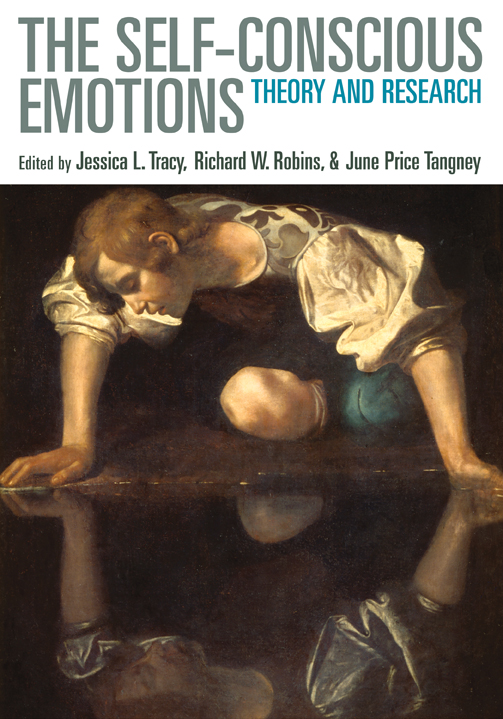
The Self-Conscious Emotions: Theory and Research

Development of Secondary or Self Conscious Emotions - YouTube

Monika_fMRI Correlates of Self-Conscious Emotion Recognition

Solved: Which Of The Following Is True Of Self-conscious E... | Chegg.com

Self-conscious Emotions Consciousness Marketing Human Behavior, PNG, 522x515px, Emotion, Area, Behavior, Brand, Consciousness Download Free

Announcements □Thursday, November 12 th at 4:15 PM –Rough drafts due on turnitin.psu.edu □Sites.psu.edu/emotion –Rubric for rough draft –TurnItIn instructions. - ppt download

Solved: Question 3 Which Of The Following Statements Is Tr... | Chegg.com
![PDF] Self development and self-conscious emotions. | Semantic Scholar PDF] Self development and self-conscious emotions. | Semantic Scholar](https://d3i71xaburhd42.cloudfront.net/5c07100af797ee18e56e57c13fa50d40b7bac5ed/3-Figure1-1.png)
PDF] Self development and self-conscious emotions. | Semantic Scholar

Consciousness, Emotional Self-Regulation and the Brain | Edited by Mario Beauregard
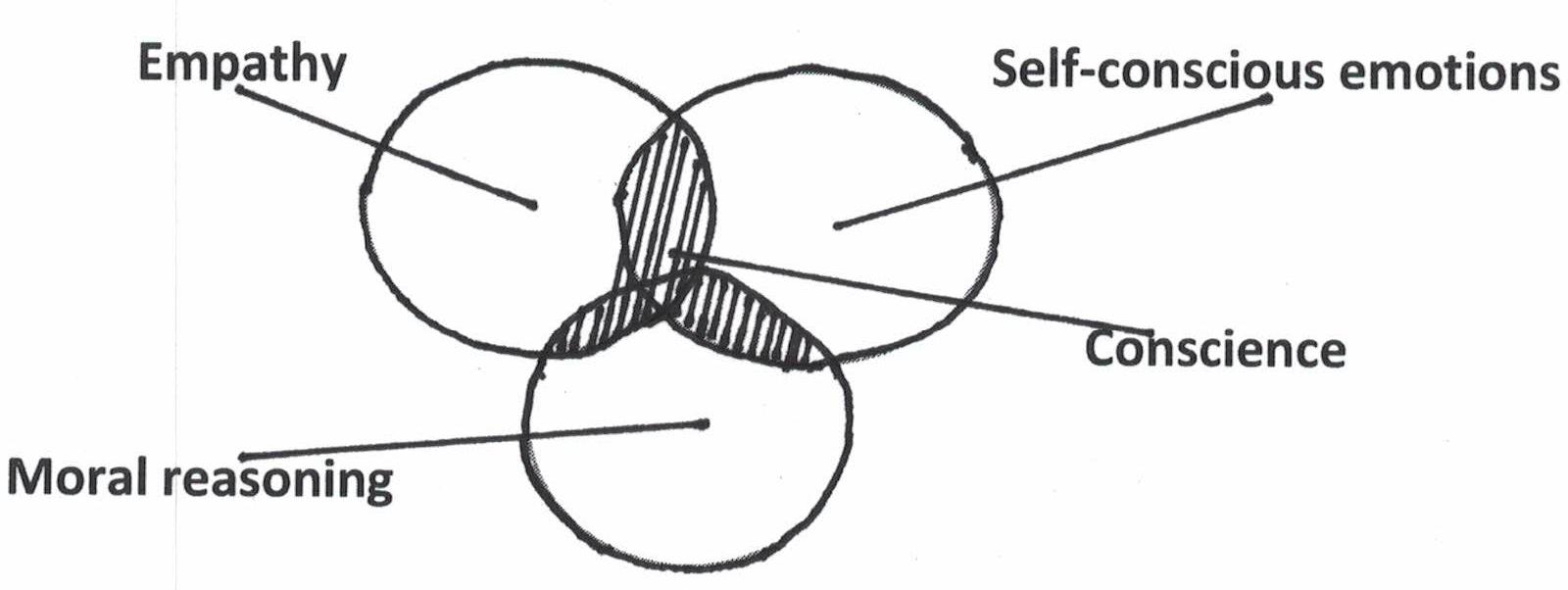
Frontiers | A New Conceptualization of the Conscience | Psychology

Self-conscious emotions - ppt download

PPT - Emotional Development & Temperament PowerPoint Presentation, free download - ID:3118380
ANTECEDENTS AND CONSEQUENCES OF SELF-CONSCIOUS EMOTIONS IN THE WORKPLACE: GUILT, SHAME, AND PRIDE A DISSERTATION SUBMITTED TO

PDF) Self-Conscious Emotions and Social Functioning
![PDF] Development of a questionnaire to measure self-conscious emotions in patients with COPD | Semantic Scholar PDF] Development of a questionnaire to measure self-conscious emotions in patients with COPD | Semantic Scholar](https://d3i71xaburhd42.cloudfront.net/5186305b21d8251fa0b91fc3879a6d287c468004/49-Figure1-1.png)
PDF] Development of a questionnaire to measure self-conscious emotions in patients with COPD | Semantic Scholar
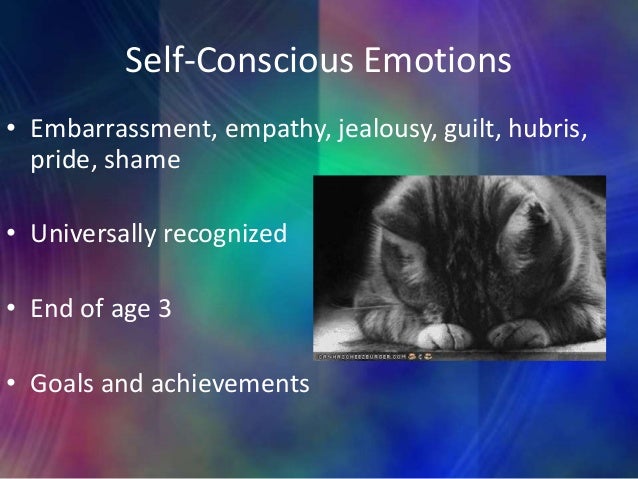
Monika_fMRI Correlates of Self-Conscious Emotion Recognition

A higher-order theory of emotional consciousness | PNAS
Self-Conscious Emotions
MedEd Models on Twitter: "#MedTwitter – we're excited to share with you a new #MedEd Model! This #Tweetorial is on the self-conscious emotions, such as shame & guilt. We'll focus on describing

Pin by jaders on memes | Self conscious, Emotional intelligence, Emotions

A higher-order theory of emotional consciousness | PNAS

A) Alan Sroufe B) Joseph Campos C) Carroll Izard D) Charles Darwin - PDF Free Download
Running Head: SELF-CONSCIOUS EMOTION DEVELOPMENT Young Children's Development of Self-Conscious Emotions: Guilt, Shame and Embar
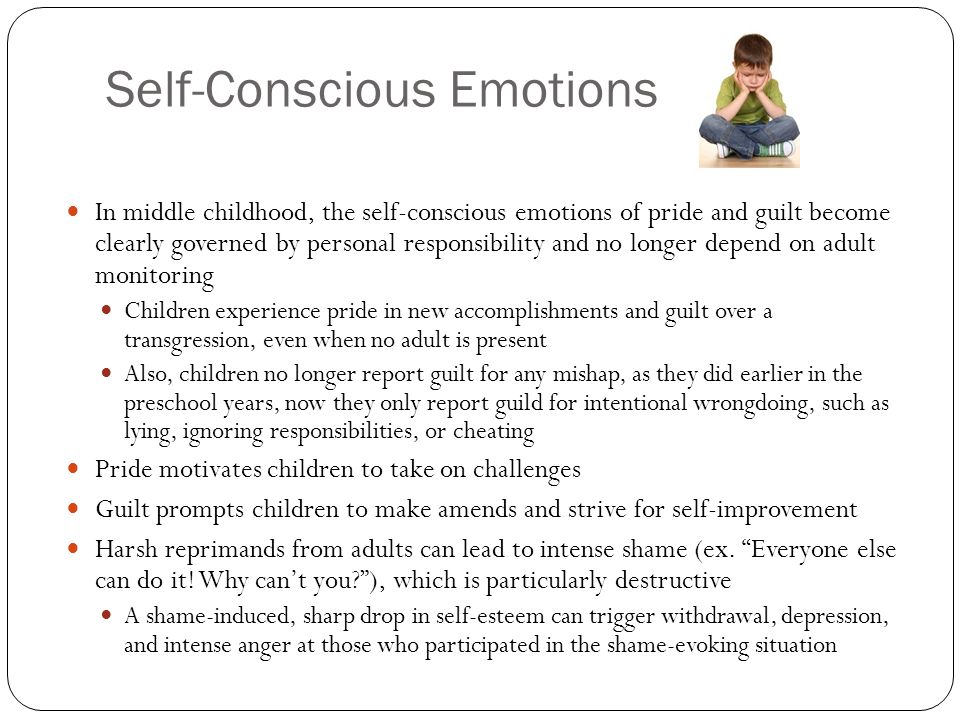
Emotional and Social Development in Middle Childhood - ppt download
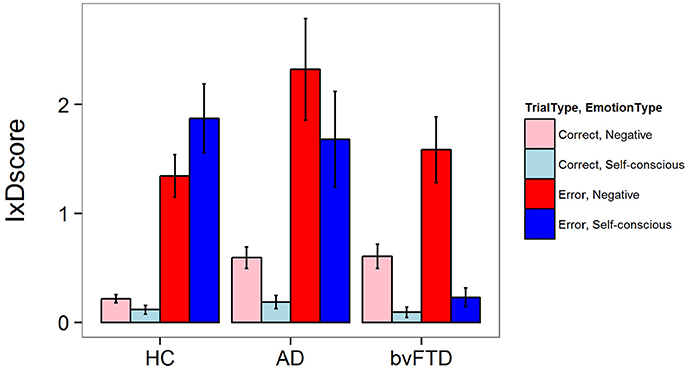
Frontiers | Mistakes, Too Few to Mention? Impaired Self-conscious Emotional Processing of Errors in the Behavioral Variant of Frontotemporal Dementia | Behavioral Neuroscience

Self-Conscious Emotions Research Papers - Academia.edu

Pin by Candace Cederblade on Hahaha :D | Self conscious, Emotional intelligence, Emotions
Common knowledge, coordination, and the logic of self-conscious emotions

The Role of Neuroimaging in Developmental Social Psychology | SpringerLink

A) Alan Sroufe B) Joseph Campos C) Carroll Izard D) Charles Darwin - PDF Free Download

Romanian Children's Representations of Negative and Self-Conscious Emotions in a Narrative Story Stem Technique| Europe's Journal of Psychology

Motivation and emotion/Book/2018/Guilt and shame - Wikiversity

Four Rules Self-conscious People Should Live By - Dr. Jim Taylor

PDF) Self-conscious Emotions Rating Manual

Self-concept - Wikipedia
Making Sense of Self-Conscious Emotion: Linking Theory of Mind and Emotion in Children With Autism
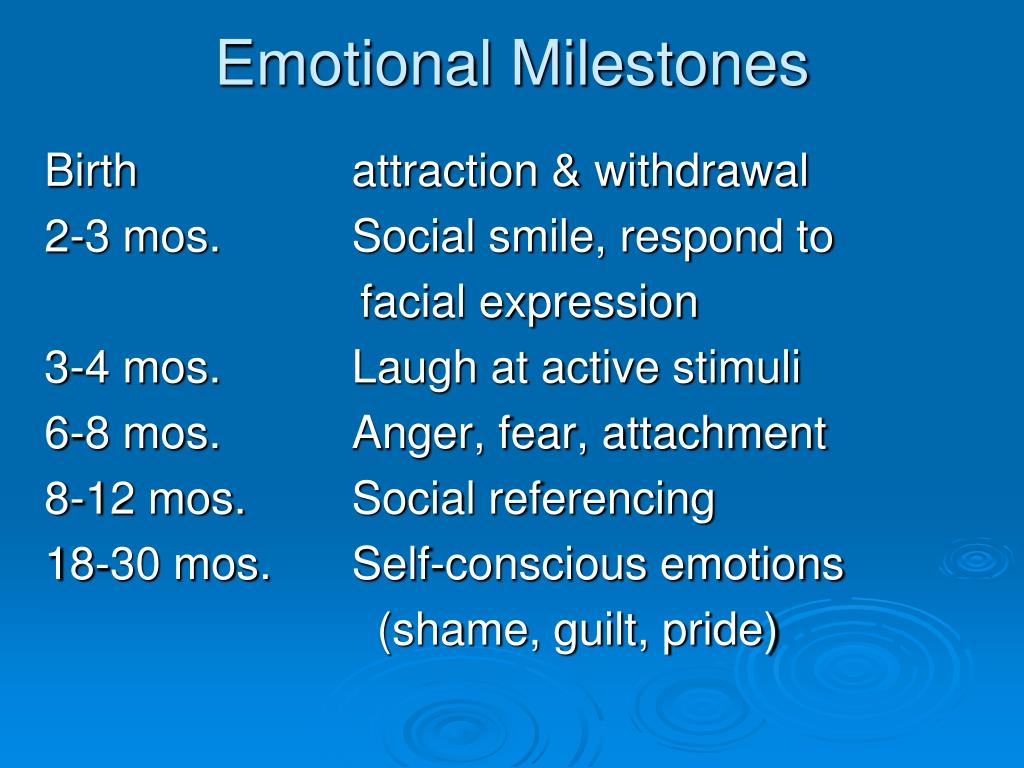
PPT - Emotional Development Temperament & Attachment PowerPoint Presentation - ID:1393064

Chapter 4 Flashcards | Quizlet
Posting Komentar untuk "which of the following is a self conscious emotion?"